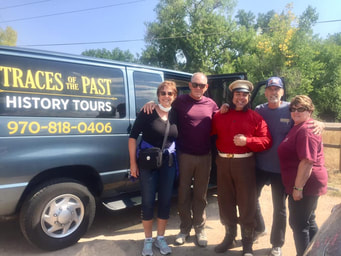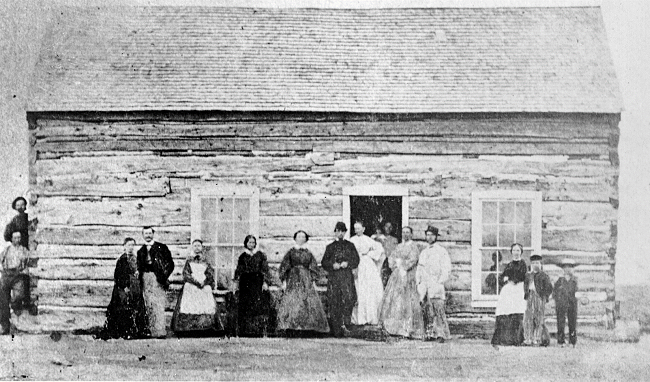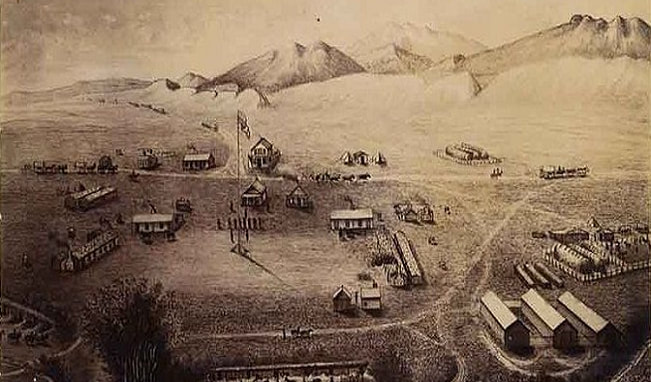
1) Fort Collins Military Years Tour
2 hours, $33.00/person (Wed. - Sat.)* Tour includes 3 site visits (van travel and minimal walking/standing). 2) Fort Collins Early Settlement Tour 2 hours, $33.00/person, (Wed. - Sat.)* Tour includes 4 site visits (van travel and minimal walking/standing). 3) Historic East Poudre River Tour 2 hours, $33.00/person, (Wed. - Sat.)* Tour includes 4 site visits (van travel and high volume walking/standing). Includes visit to natural areas along the Cache la Poudre river. *Discount eligibility: children (ages 12 and under), seniors, and military. Tours are available Sunday-Tuesday by special appointment only (minimum of 4 people), call for details. |
Tour Details
What to Bring
Gift Cards Interested in purchasing a gift card? Click on any of our "booking" tabs to purchase the gift of education! |
Fort Collins Early Settlement/Town Beginnings Tour
|
2-hour tour, Wednesday - Saturday $32.00/adults (discounts for children, seniors and veterans)
|
Writing in 1884 from Pine Ridge Agency in Dakota Territory, former trapper and guide Antoine Janis described the place where he and his Lakota wife, First Elk Woman, spent their winter and spring seasons.
“I thought then that the [Cache la] Poudre valley was the loveliest spot on earth, and think so yet.” Permanent Euro-American settlement began here in 1859 and slowly over the ensuing years the population increased. The U.S. Army, serving a protective role for civilians, drew still more settlers. After the military abandoned the area in 1866 the colony town of Fort Collins took shape and was later incorporated in 1873. This tour tells the fascinating story of some the earliest settlers in the Cache la Poudre River valley, how they came to be associated with the founding of the fledgling community of Fort Collins, and where the settlement occurred along the Poudre corridor. |
Where to Meet: Parking lot at the entrance to Watson Lake State Wildlife Area. Located ~1 mile west of Vern's Place on Risk Canyon Rd. (closest address to site: 4900 Rist Canyon Rd., Laporte, CO 80521)
|
Fort Collins Military Years Tour
|
2-hour tour, Wednesday - Saturday $32.00/adults (discounts for children, seniors and military)
|
While the Civil War raged in the East, the U.S. Army continued to grapple with its oldest foe, the American Indians, in the West. Along the Oregon route in Wyoming in early 1862, Native American tribesmen, disturbed by the increasing presence of Euro-Americans and perhaps emboldened by a spatially dispersed enemy, stepped up their resistance. As a result, the mails as well as many wagon trains were detoured to a new road south.
This tour outlines the military presence in the Cache la Poudre River valley and its significance to the Indian Wars and westward migration movement. Learn too, about Army life on the frontier and how this remote outpost named Camp Collins spawned the later foundation of its namesake town. |
Where to Meet: Parking lot at the entrance to Watson Lake State Wildlife Area. Located ~1 mile west of Vern's Place on Rist Canyon Rd. (closest address to site: 4900 Risk Canyon Rd., Laporte, CO 80521)
|
Historic East Poudre River Tour, Fort Collins




